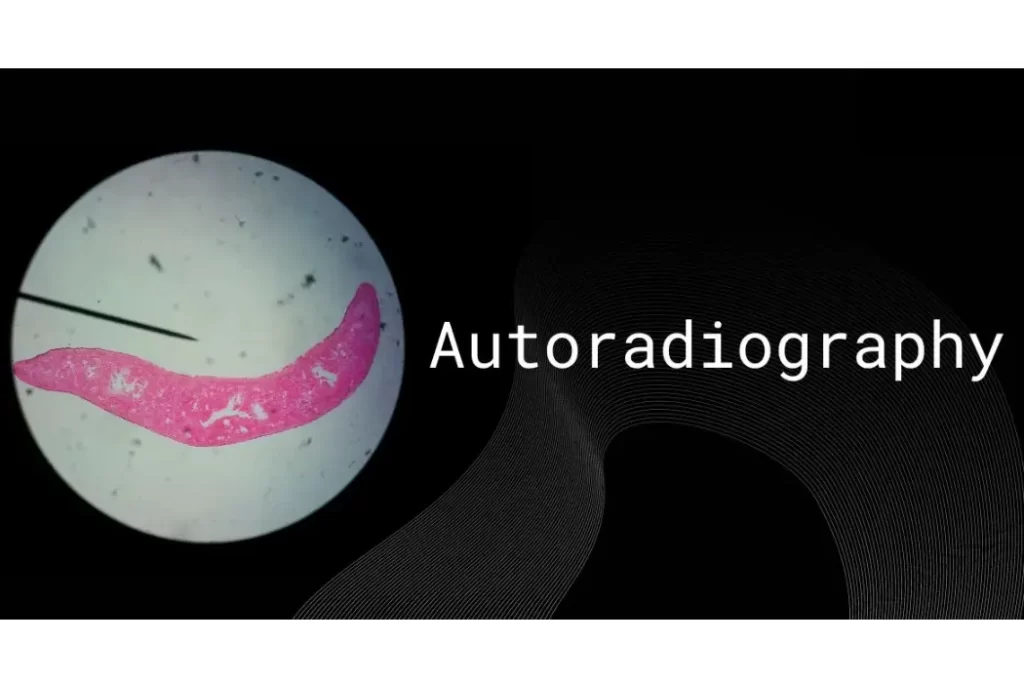Autoradiography is a powerful imaging technique that utilizes radioactive tracers to visualize and analyze the distribution of radioactivity within biological samples. This technique has been widely used in various scientific disciplines, including biology, medicine, and environmental studies. In this article, we will delve into the principles of autoradiography, its applications, and its significance in research and diagnostics.
Autoradiography is an imaging technique that allows researchers to visualize the distribution of radioactive isotopes within a sample. By incorporating a radioactive tracer into the sample, the emitted radiation can be detected and recorded to create an image. Autoradiography, an imaging technique for radioactive tracers, is a valuable source of knowledge in the scientific community for visualizing and analyzing the distribution of radioactivity within biological samples. This technique provides valuable insights into the localization of molecules, cellular structures, and metabolic activities.
Principles of Autoradiography
Radioactive Tracers
Radioactive tracers, also known as radiotracers, are molecules or compounds labeled with a radioactive isotope. These tracers emit radiation, which can be detected using specialized equipment. Commonly used radioactive isotopes include carbon-14 (^14C), tritium (^3H), and iodine-125 (^125I). Each tracer is chosen based on the specific needs of the experiment or study.
Decay and Emission of Radioactivity
Radioactive isotopes undergo radioactive decay, emitting radiation in the form of alpha particles, beta particles, or gamma rays. The emitted radiation can penetrate the sample and expose a film or a digital imaging plate.
Film or Digital Imaging
Traditionally, autoradiography involved the use of X-ray film to capture the emitted radiation. The film darkens when exposed to radiation, creating a blackening pattern that corresponds to the distribution of the radioactive tracer. In recent years, digital imaging methods have become more prevalent, allowing for better resolution, quantification, and data analysis.

The Process of Autoradiography
Sample Preparation
To perform autoradiography, the sample of interest is typically prepared by incorporating the radioactive tracer. This can be achieved by administering the tracer to live organisms, incubating cells with the tracer, or labeling specific molecules within the sample. The tracer is chosen based on its compatibility with the target molecules or processes being studied.
Exposure and Development
Once the sample is prepared, it is placed in close contact with a film or a digital imaging plate. The radioactive decay of the tracer leads to the emission of radiation, which interacts with the imaging medium. In the case of film, the exposure is followed by development in a darkroom. Digital imaging plates can be directly read using specialized equipment.
Analysis and Interpretation
After exposure and development, the autoradiograph is obtained, revealing the distribution of radioactivity within the sample. The image can be analyzed using various methods, including densitometry, image segmentation, and co-registration with other imaging modalities. These analyses provide valuable insights into biological processes, such as gene expression, receptor binding, and cell migration.
Applications of Autoradiography
Research in Biology and Medicine
Autoradiography has contributed significantly to research in biology and medicine. It has been instrumental in studying cellular metabolism, protein synthesis, and the localization of specific molecules within tissues. By visualizing the distribution of radioactivity, researchers can gain insights into the underlying mechanisms of diseases and develop targeted therapeutic strategies.
Drug Development and Pharmacology
Autoradiography plays a crucial role in drug development and pharmacology. It enables researchers to determine the binding sites of drugs, assess their pharmacokinetics, and evaluate their efficacy. By studying drug distribution in tissues and organs, scientists can optimize drug formulations and dosages, leading to safer and more effective treatments.
Environmental Studies
Autoradiography is also employed in environmental studies to investigate the fate and transport of contaminants. By using radioactive tracers, researchers can track the movement of pollutants in ecosystems, identify their accumulation in specific organisms, and assess potential risks to the environment and human health.
Advantages and Limitations of Autoradiography
Advantages
Autoradiography offers several advantages in scientific research and diagnostics. It provides spatial information about the distribution of radioactivity, allowing for the visualization of intricate biological structures and processes. Furthermore, autoradiography is highly sensitive and can detect low levels of radioactivity, making it suitable for quantification and analysis.
Limitations
Despite its numerous advantages, autoradiography also has limitations. It requires the use of radioactive materials, which need to be handled with care due to their potential health risks. Additionally, autoradiography may have limited resolution and quantification capabilities compared to other imaging techniques. The interpretation of autoradiographs also requires expertise to avoid misinterpretation or artifacts.
Conclusion
Autoradiography is a valuable imaging technique that enables researchers to visualize the distribution of radioactivity within biological samples. By incorporating radioactive tracers, scientists can gain insights into biological processes, drug distribution, and environmental studies. The development of digital imaging methods has further enhanced the resolution, quantification, and analysis capabilities of autoradiography, making it an indispensable tool in various scientific fields.


